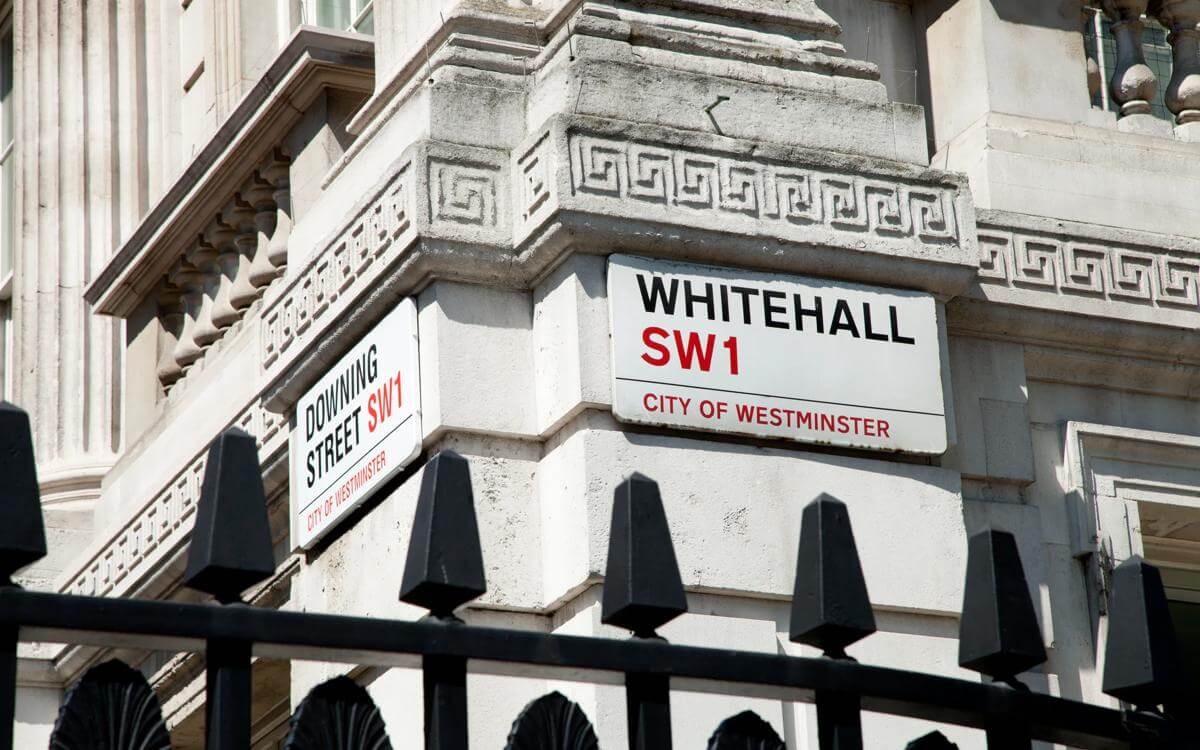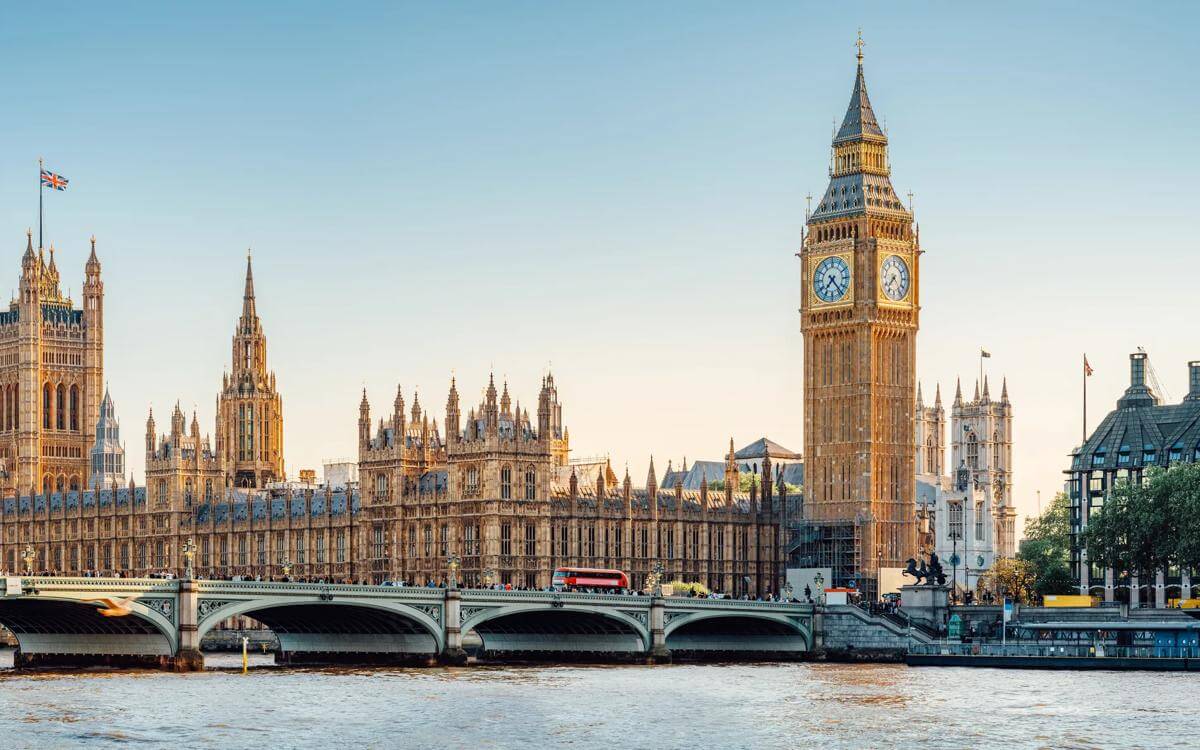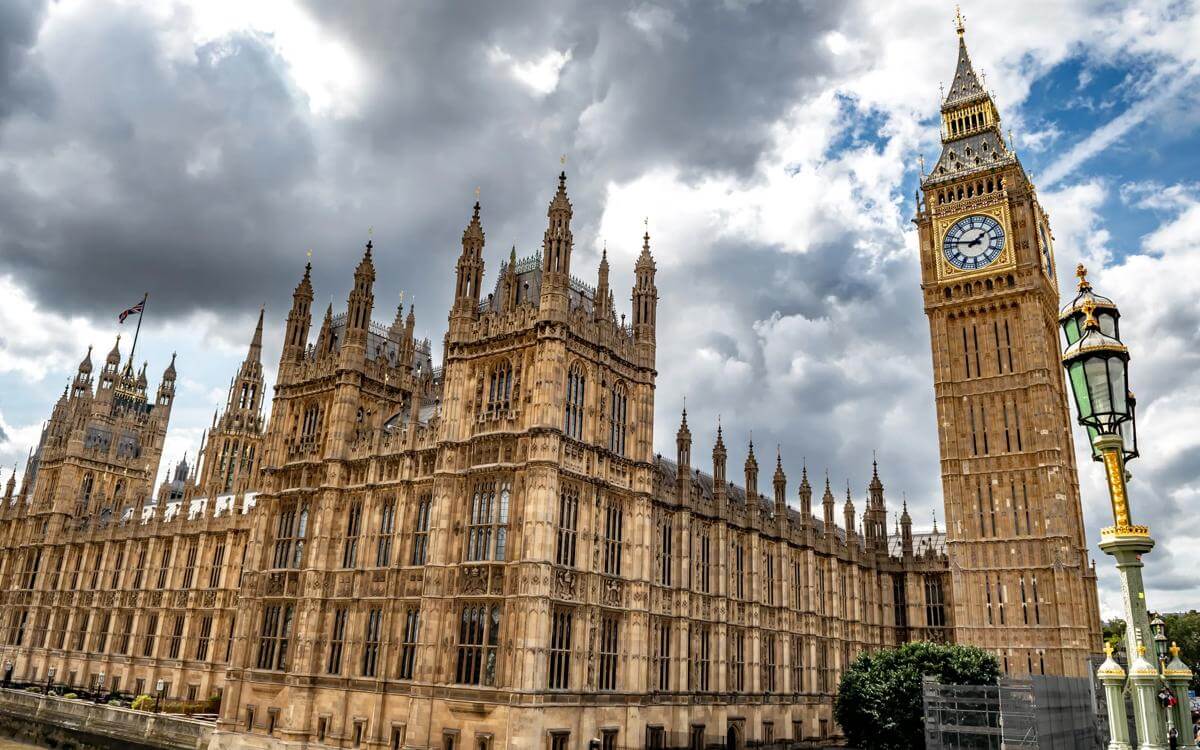Consultations galore! CMA and BEIS publish draft guidance and consultations on the new Subsidy Control Act
In the rapidly moving new world of subsidy control law, there’s been several major developments over the last few weeks, as Government looks to start providing more detailed assistance to public authorities in navigating the new legislative regime established by the Subsidy Control Act.
In the rapidly moving new world of subsidy control law, there’s been several major developments over the last few weeks, as Government looks to start providing more detailed assistance to public authorities in navigating the new legislative regime established by the Subsidy Control Act.
The most important development has been the publication by the Department of Business, Energy and Industrial Strategy (BEIS) of draft statutory guidance on the Act itself (the final version of which public authorities will have to have regard to when granting a subsidy pursuant to section 79 of the Act), along with a consultation on the draft guidance. The draft guidance is very lengthy and detailed extending to nearly 200 pages and covers practically every element of the new Act, from guidance around whether support being given will constitute a subsidy in the first place, to how to satisfy the Subsidy Control Principles outlined in section 12 of the Act. The consultation document is (mercifully) shorter and contains only six questions that can be responded to. These are very broad including providing comments on the overall structure of the draft guidance, to whether there is any additional guidance that can be added. It is also notable that there is a question asking whether further support beyond the guidance would be beneficial (with options like “teach-in sessions” being mentioned).
In addition to the BEIS guidance and consultation document, the Competition and Markets Authority (CMA) has also published its own consultation and guidance in relation to its specific role in the new subsidy control regime. As you may well be aware, the CMA has a host of functions prescribed under Part 4 of the Act and is intending to discharge these functions through its new Subsidy Advice Unit (SAU). The primary role of the new SAU is to provide specific advice to public authorities on subsidies referred to it (either by a voluntary or mandatory referral as outlined in the Act). The consultation document seems to focus quite heavily on the reporting process itself and how practically this will work, as well as how the SAU will assess subsidies referred to it against subsidy control requirements. The questions subject to consultation are not immediately obvious but can be found on Page 5 of the consultation/guidance document.
We will be providing more detailed opinions on both the BEIS and CMA consultation and guidance in the coming weeks, but it is worth noting that the deadline for responses for both consultations is the 10 August 2022.
Contact

Karl Edwards
Senior Associate
karl.edwards@brownejacobson.com
+44 (0)3300452997








































